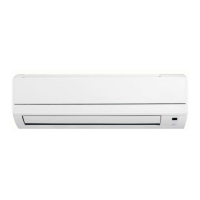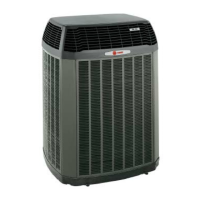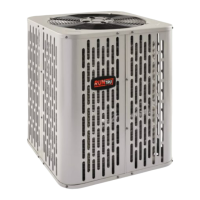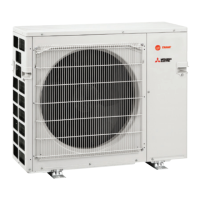GF - F 3
Measuring Flame Current
The AC potential creates a current flow in two direc-
tions. The current flow is greater in one direction
than the other (Figure 5.)
Figure 5
Electrical current flow back on the wire that connects
the flame rod to the furnace control board is a DC
current that is very low. Typical ranges of the flame
current will be from around 1.8 DC microamps to up
to 4 DC microamps (Figure 6.)
Figure 6
Minimum flame current level
The IFC needs a minimum of 1 DC microampere of
flame current to confirm the presence of burner flame.
If the IFC does not detect adequate flame current, a
retry for ignition sequence will be initiated. After a pre-
determined number of failed attempts at detecting
flame, the furnace control will lock out. The LED on
the furnace control board will flash a 2 code and the
comfort control will display alert code 20 .
Troubleshooting
Causes of low flame current level
• Dirty flame rod (Figure 7) (Clean the flame rod
with metallic abrasive)
• Poor furnace ground.
• Poor burner ground to furnace.
Dirty
Flame Rod
Figure 7
• Cracked ceramic insulator on flame rod assem-
bly (Figure 8.)
• Broken wire between flame rod and furnace con-
trol board (Figure 8.)
Broken
Wire
Cracked
Ceramic
Insulator
Figure 8
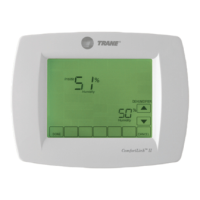
